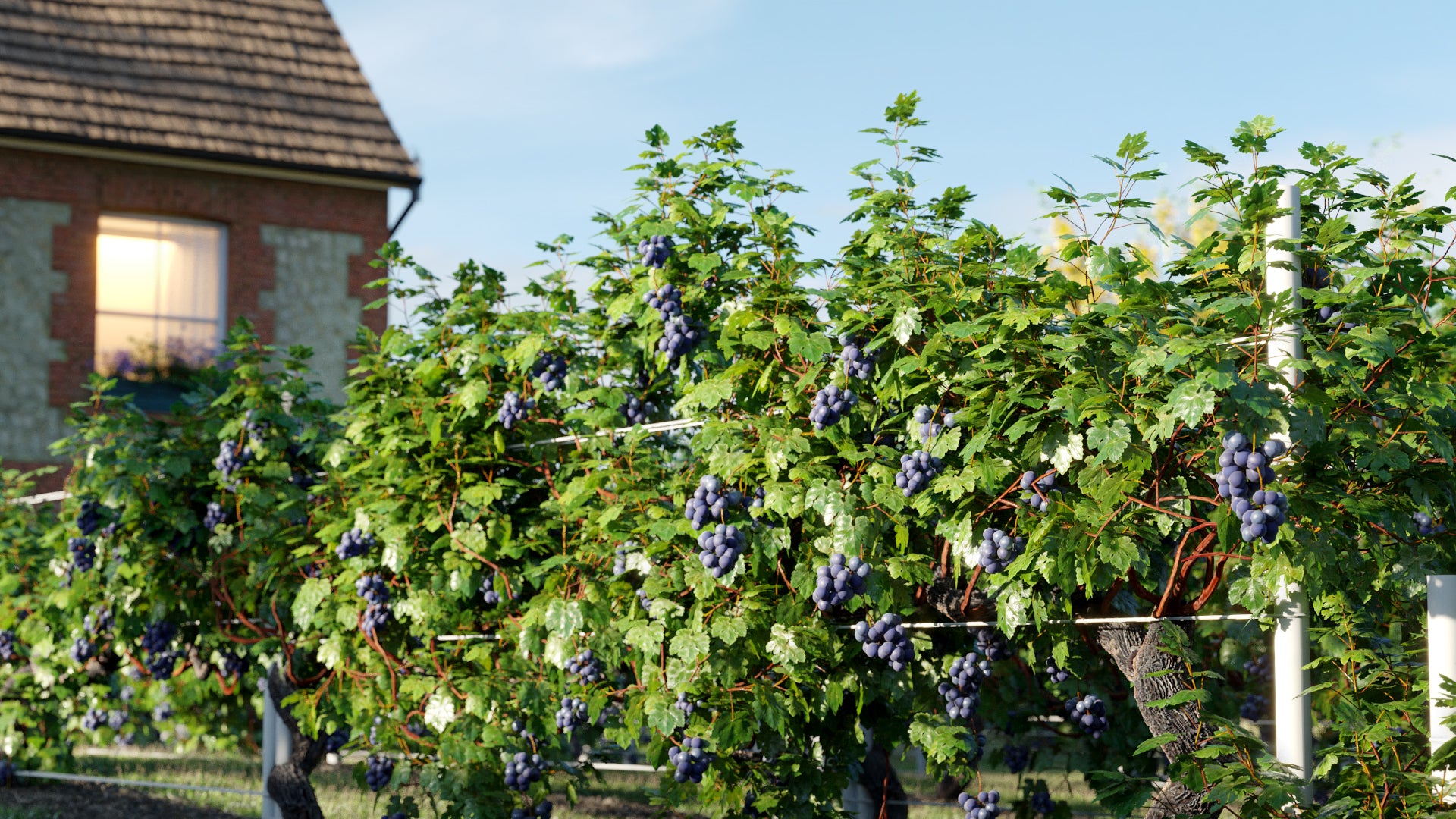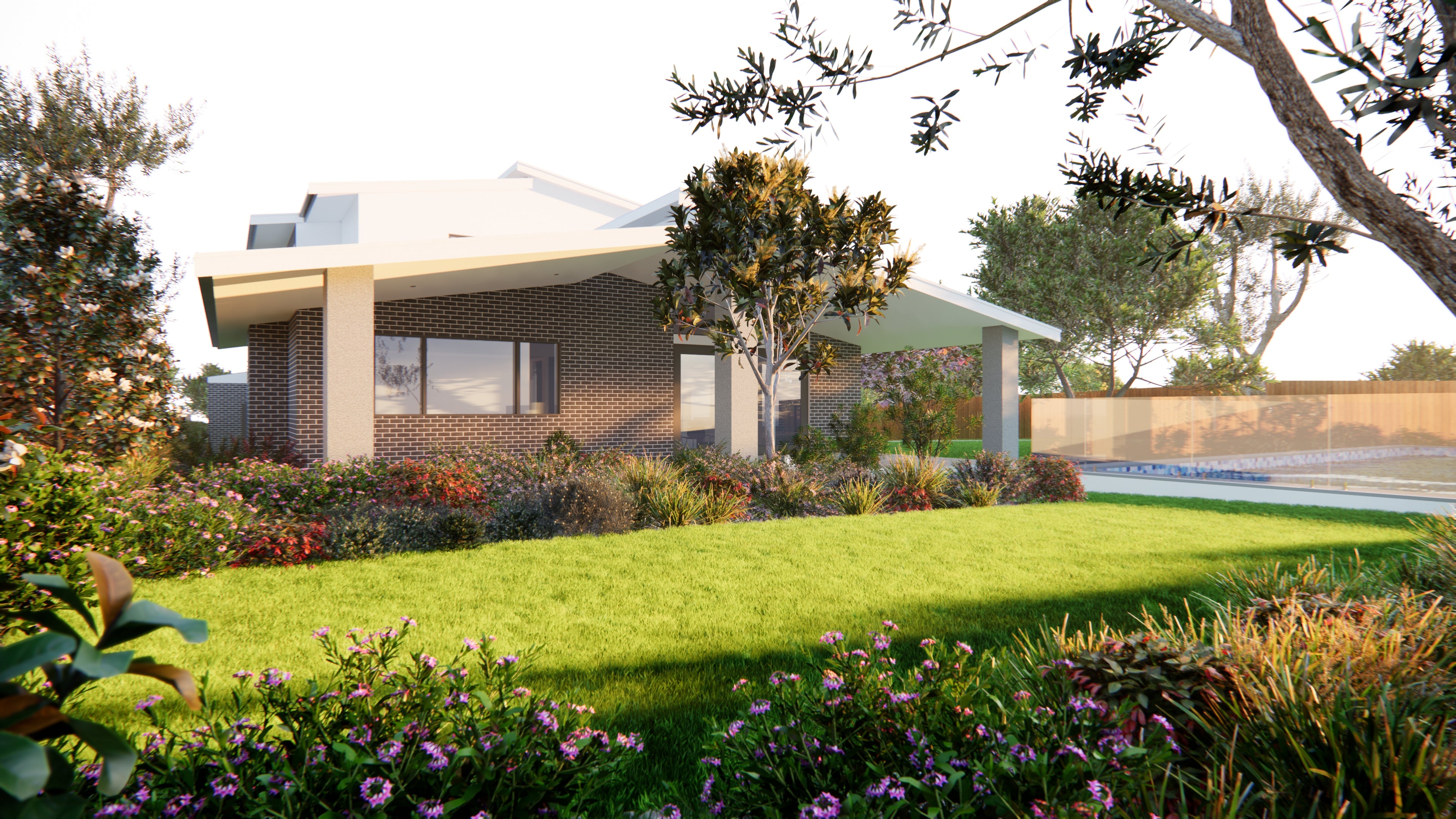This guide covers importing both high-poly and low-poly Globe Plants models into Twinmotion. Twinmotion supports two file formats: .TM and .TMI. The .TM format is for working files, used during project development to save and reopen files. The .TMI format is a special format dedicated to the Library tab and can’t be opened directly. Globe Plants provides models in .TMI format for use through the User Library, so they need to be copied into the UserLibrary folder for proper functionality.
Steps to Import Globe Plants or Any External Library Models into Your Project
Step 1: Close Twinmotion and Save Your Project
Always close Twinmotion before copying any library files into the User Library folder to avoid conflicts.
Step 2: Download and Extract Files:
After downloading the files from Globe Plants, extract them using software like 7zip or WinRAR. Copy all .TMI files into the UserLibrary folder. The folder paths differ between Windows and MacOS:
Windows: C:\Users\[username]\Documents\Twinmotion[version]\UserLibrary
MacOS: HD:Users:[username]:Documents:Twinmotion[version]:UserLibrary

Step 3: Reopen Twinmotion
Open your project file. The model should now appear in the Library tab, ready for use in your project.

For a step-by-step visual guide, check out our YouTube tutorial on importing Globe Plants models into Twinmotion!
Get started by downloading a free Twinmotion sample model from Globe Plants and follow along with the tutorial!
🔗 Download Free Samples:
Common Issues When Using External Libraries in Twinmotion
Issue 1: Model Not Displaying in UserLibrary
This issue often occurs if you copy assets into the UserLibrary folder while Twinmotion is still open. Restart Twinmotion to load the new assets.
Issue 2: Model Not Fully Visible in the Preview Window
Like other game engines (e.g., CryEngine, Unity, Unreal), Twinmotion optimizes for real-time performance. Small or distant objects may appear blurry or even disappear to reduce load on the graphics card (GPU). To enhance image quality, enable Path Tracer when rendering to ensure the best visual fidelity.
Issue 3: Model Not Displaying in Twinmotion After Restart
Some older versions of Twinmotion may not recognize new models. Make sure you are using the latest version of Twinmotion, and allow it to auto-update whenever starting a new session to ensure compatibility with the latest assets.
Final Tip:
When importing Globe Plants libraries into Twinmotion, you’ll often find multiple variations of each model (typically 5-10 versions). Instead of combining them, separate each model to make placement easier and avoid material issues. Twinmotion can misapply materials when multiple models of the same species are placed in a single scene, leading to duplicate materials and visual clutter. The image below shows the difference between grouping all variants in one file versus separating them individually.




